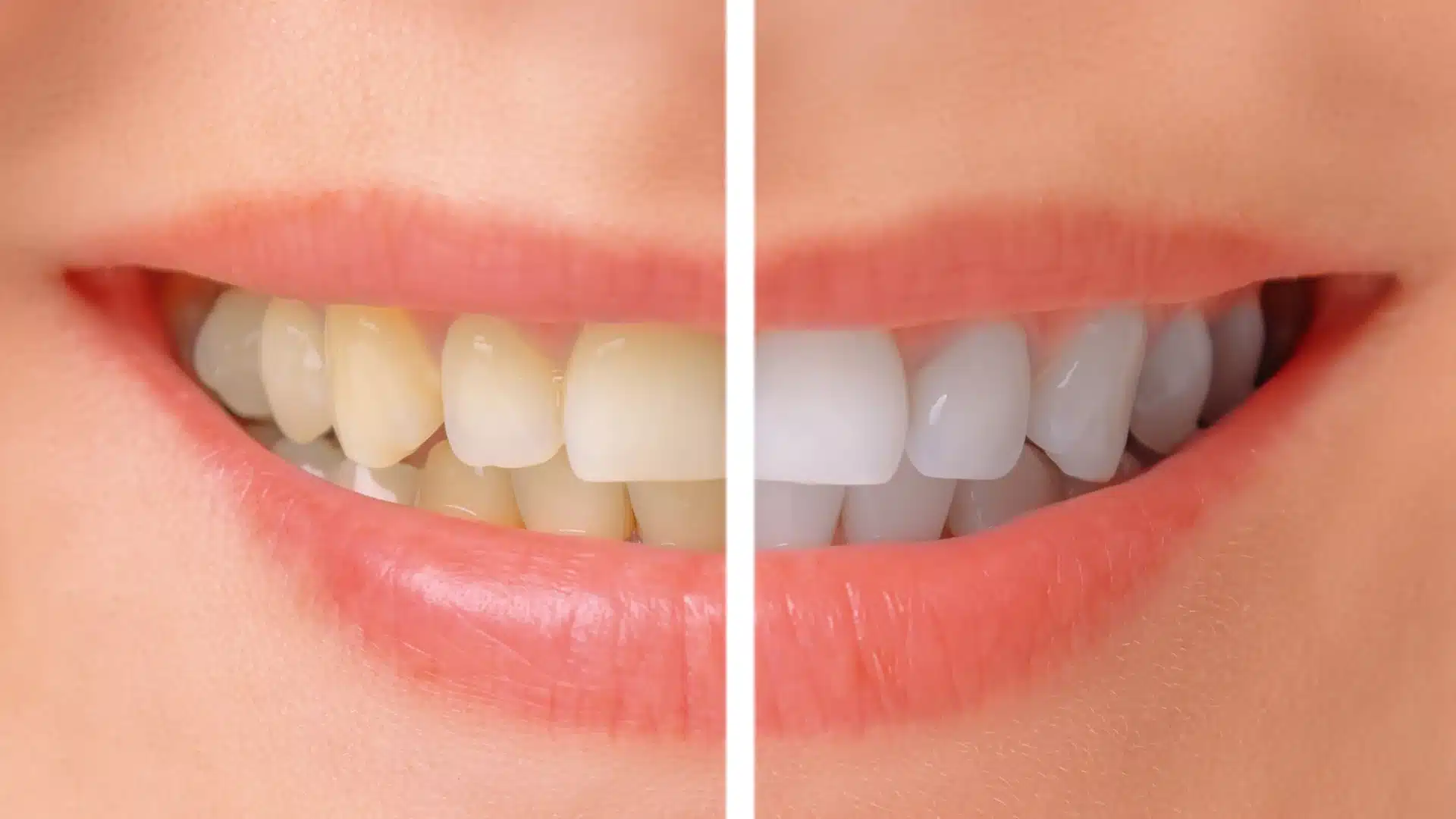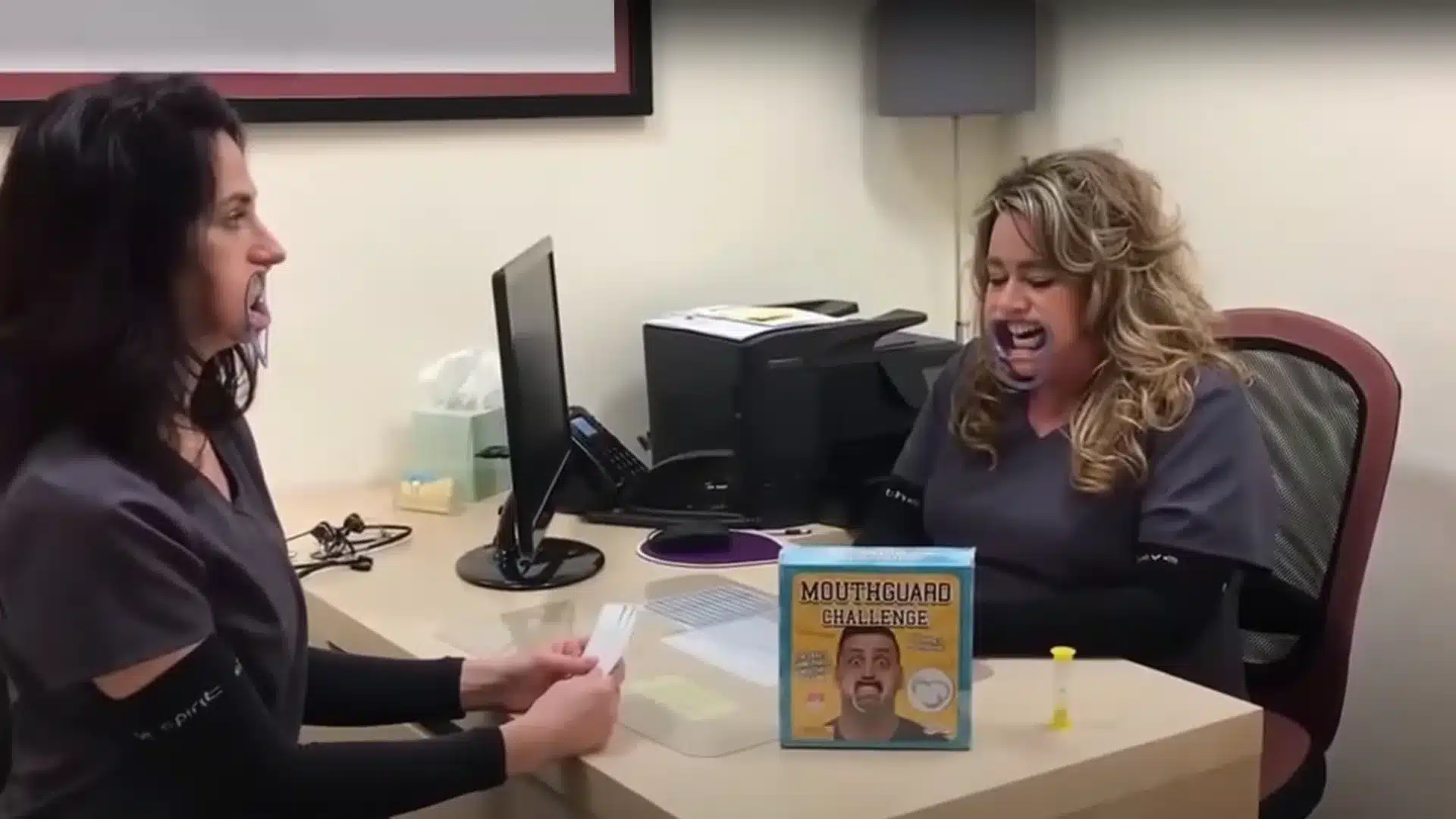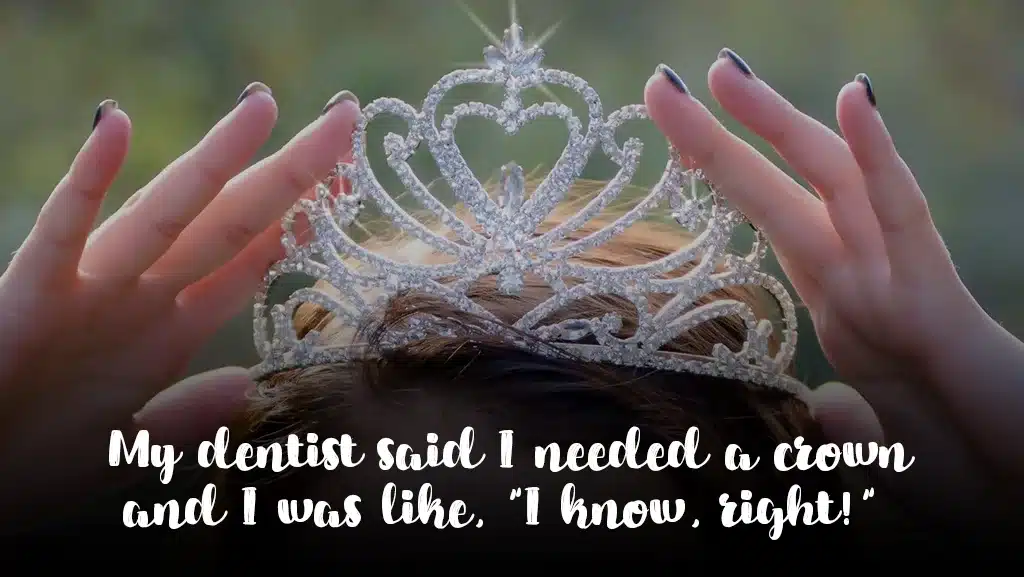Stained or discolored teeth can turn an otherwise attractive smile into a an unsightly grin. Even though it may only be a cosmetic issue, it can also impact your ability to interact with the world at large. While there are two basic causes of discolored teeth, intrinsic (internal) and extrinsic (external), discolored teeth can also be caused by age and/or genetics.
Obviously good oral hygiene is the first line of defense against tooth decay (which is a horse of a different color in and of itself) but let’s look at some of the most common culprits of stained and discolored teeth and talk about what you can do about them.
Extrinsic Discoloration
When discoloration occurs on the outer layers of the teeth, affecting the enamel, chairside bleaching generally works well for improving the color of your smile. Extrinsic causes tend to produce yellow to brown or burnt orange stains and are most commonly caused by chromogenic agents like:
- coffee
- tea (sometimes even more intense than coffee)
- red wine (white wine is acidic)
- cola (and other carbonated drinks)
- sports drinks
- tobacco (smoking/chewing)
- blueberries and other dark fruits (and juices, pies, etc.)
- sauces (tomato sauce / soy sauce / balsamic vinegar)
- candy and sweets (ever have a piece of candy that leaves you with a blue tongue?)
- dental plaque
While staining can occur with darkly pigmented food, don’t forget that acidic foods and drinks are also an issue, not only for causing cavities, but also for making tooth enamel more porous, which can promote staining as well.
Regular rinsing, brushing, flossing, and dental cleanings go a long way into taking care of common food and drink stains. At-home whitening products can help reduce some of the staining, but a chairside bleaching does a much better job of whitening the teeth. The good news is that extrinsic discolorations are typically quite responsive to whitening treatments at the dentist office.
TIP: Rinse/swish and then brush after eating and/or drinking anything with a strong staining potential.
Intrinsic Discoloration
When discoloration occurs inside the tooth, affecting the dentin beneath the surface enamel, chairside bleaching generally does not work well for improving the color of your smile. Intrinsic causes tend to cause brown or grey discolorations, but can also be yellow, white (chalky), and even black. Intrinsic causes would include things like:
- lack of certain minerals
- certain medications (tetracycline, bismuth, even iron)
- over-exposure to flouride
- pulp infection
- trauma
- disease
- genetics
- age
Unfortunately, intrinsic discolorations are typically not responsive to at-home whitening products or even chairside bleaching at the dentist. But that doesn’t mean your dentist doesn’t have the tools in his arsenal to brighten up your smile. Beyond the typical dental treatments (like fillings and root canals), your dentist can also suggest bonding or veneers.
If you’re not sure what’s causing your discoloration, see a dentist!
A dentist will be able to diagnose your specific case and recommend oral health regimes and/or treatments to help restore your pearly whites back into, well, pearly whites. In fact, a quick peek is usually all an experienced dentist needs to begin to diagnose the issue because the different causes have distinctive patterns.





